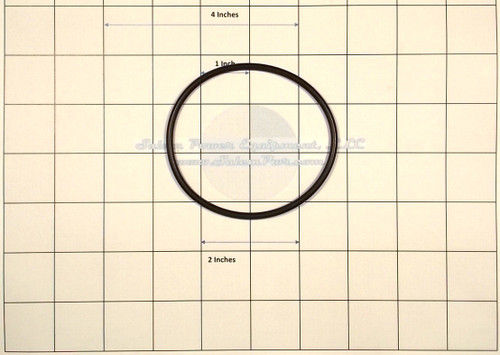It started quite well in the cold and the snow blower blades were spinning, ready for work.
But then I could not move the tractor out of the garage, it did not move an inch, not forth nor reverse (the rear axle was in low gear :wink .
.
I looked down to left rear axle- the small red pumpkin (hydraulic motor) ...I saw oil coming out from the outer cover.
What is going on?
Is the motor repairable? And if yes. How can I get the repair kit?
If not repairable... what are the options?
Thanks so much, Martin
But then I could not move the tractor out of the garage, it did not move an inch, not forth nor reverse (the rear axle was in low gear :wink
I looked down to left rear axle- the small red pumpkin (hydraulic motor) ...I saw oil coming out from the outer cover.
What is going on?
Is the motor repairable? And if yes. How can I get the repair kit?
If not repairable... what are the options?
Thanks so much, Martin










